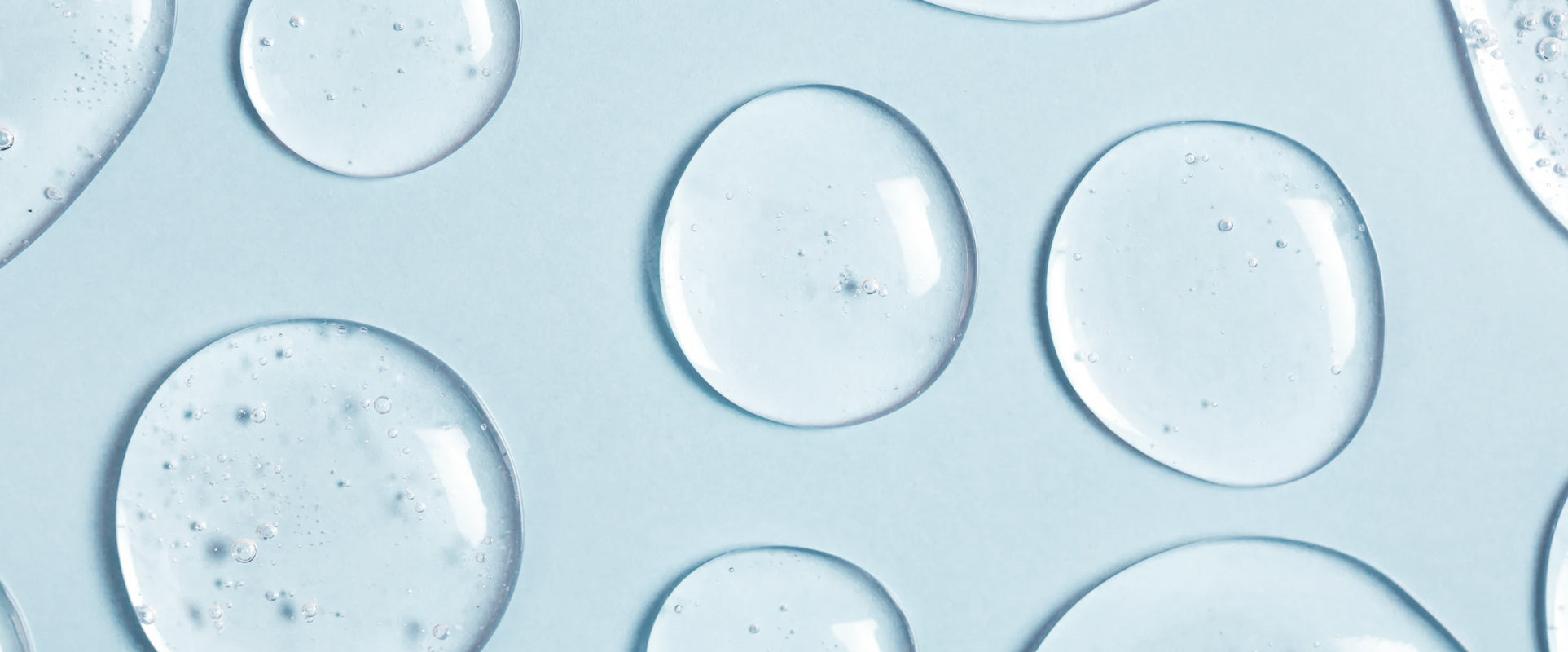Serum Vs Moisturiser: Which One You Should Opt For?

When it comes to skincare, the choices can feel overwhelming—especially when products seem to serve similar purposes. Two of the most widely used yet often confused items are serums and moisturisers. While both aim to keep your skin healthy and radiant, they work in different ways and cater to specific skin needs. If you’ve ever wondered whether to choose a serum or a moisturiser, this guide will help you understand their unique benefits and decide what suits your skincare routine best.
Understanding the Basics
To start with, it’s essential to understand the role of each product. A face serum is a lightweight and quick-absorbing skincare solution designed to deliver a potent dose of active ingredients—such as antioxidants, vitamins, or acids—deep into the skin. It is typically used to address specific skin concerns like fine lines, uneven tone, acne, or dullness.
In contrast, a face moisturiser is designed to hydrate the skin and lock in moisture. It forms a protective barrier on the skin’s surface, preventing water loss and keeping the skin soft, supple, and nourished throughout the day.
When Should You Use a Face Serum?
A face serum is best used when you want to address a particular skin issue. For example, if your concerns include uneven texture, early signs of ageing, or dark spots, a serum can deliver potent ingredients directly to where they are needed.
Since serums are highly concentrated, a few drops go a long way. They are usually applied after cleansing and before moisturising. With regular use, a serum can visibly improve your skin’s appearance by enhancing its texture, tone, and clarity.
Why You Shouldn’t Skip Face Moisturiser
Even if you’re using a serum, you should not skip a face moisturiser. While serums treat, moisturisers hydrate and protect. They seal in all the goodness of your serum while shielding your skin from environmental stressors such as pollution, weather changes, and indoor heating or cooling.
A moisturiser also supports your skin’s natural barrier function, which is essential for preventing dryness, irritation, and sensitivity. Choose a formula that suits your skin type—light gels or lotions for oily skin, and richer creams for dry skin.
Can You Use Both Together?
Absolutely. In fact, using both a serum and a moisturiser can be a powerful skincare combo. The general rule of thumb is to apply skincare products from thinnest to thickest texture. So, apply your serum first and follow up with a moisturiser to lock everything in.
This two-step method allows your skin to absorb active ingredients while also staying hydrated and protected. You’ll likely notice a visible improvement in your skin’s health and appearance over time.
Choosing the Right Products for Your Skin Type
Not all serums and moisturisers are made the same. It’s crucial to select products that align with your skin’s needs. For oily or acne-prone skin, opt for oil-free and non-comedogenic options. If your skin tends to be dry or sensitive, look for calming ingredients like hyaluronic acid, glycerin, or ceramides.
Reading the label and understanding the key ingredients can help you make informed decisions and avoid unnecessary skin irritation.
Final Verdict: Serum or Moisturiser?
If you must choose one due to budget or simplicity, consider your primary skin concern. Go for a face serum if you’re targeting specific issues like pigmentation, ageing, or breakouts. Opt for a face moisturiser if your goal is to keep the skin hydrated, balanced, and protected throughout the day.
Ideally, though, incorporating both into your daily routine can bring the best results. Think of the serum as the specialist and the moisturiser as the protector—they work better together than alone.
Investing in the right skincare products and understanding their function can elevate your daily routine and keep your skin looking fresh, youthful, and healthy all year round.
